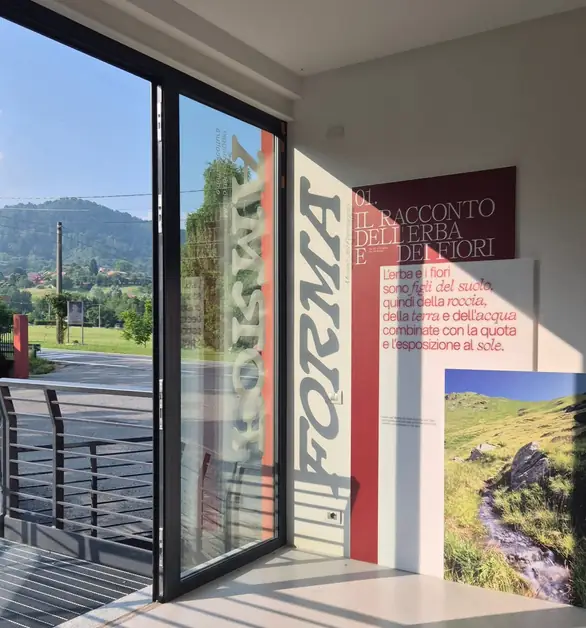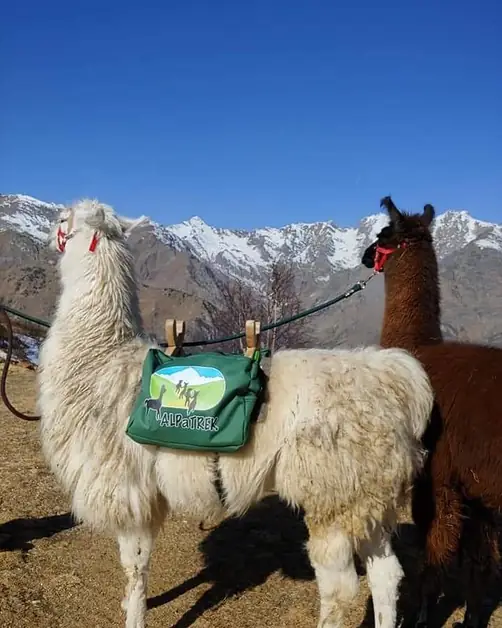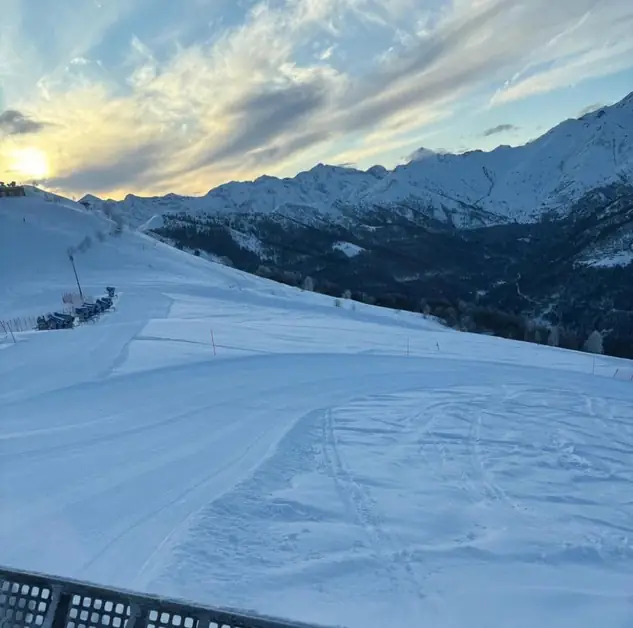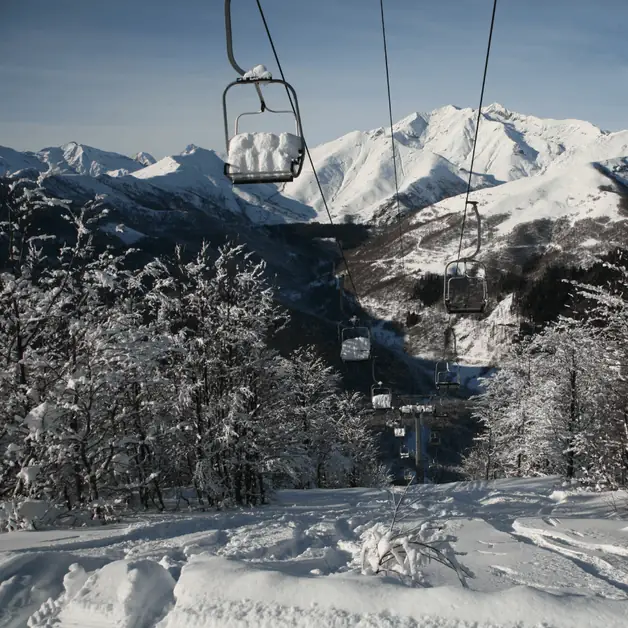Lago del Mucrone the ideal destination for hiking in Piedmont
Lake Mucrone is a must-see destination for hiking in Piedmont.
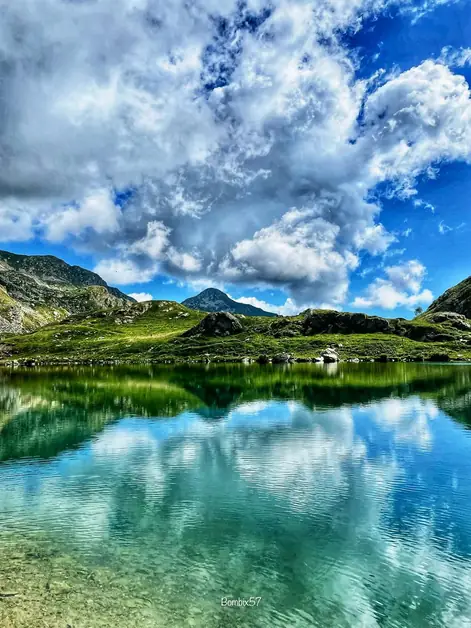
Where is Lake Mucrone located and why is it one of the most loved destinations in Oropa?
Lake Mucrone is located above the Sanctuary of Oropa, in the province of Biella, in the heart of the Biella Prealps. It is a small alpine lake situated at about 1,894 meters above sea level, reachable by a moderately difficult trek. The area is well known among Piedmontese hikers and tourists who want to discover the mountains around Biella. Oropa is an ideal starting point for those who love mountain walks, as it combines spirituality, nature, and spectacular views. The lake is located right at the foot of Mount Mucrone, a peak that dominates the valley and offers magnificent views all the way to the Po Valley.
What is the starting point for the trek to Lake Mucrone?
The most well-known trail to reach the lake is called the Pissa Trail. The route starts from the Oropa Cable Car Square, near the famous sanctuary, and climbs along the old track of ancient mule paths. You can park conveniently near the cable car or the Rosazza tunnel, in the Delubro area. The path begins immediately uphill, but the trail is well marked and offers panoramic glimpses of the Oropa basin and the surrounding mountains.
How long does it take to reach Lake Mucrone?
The average travel time is about 1 hour and 30 minutes, but it depends on the pace and stops. The positive elevation gain is about 740 meters, so it is advisable to tackle the hike with a minimum of training. The hike is classified as moderately difficult, suitable even for families accustomed to walking or occasional hikers in good physical condition.
What is the best time to visit Lake Mucrone?
The most suitable period is from May to October, when the trails are free of snow and the weather is milder. In spring, the meadows are in bloom and the landscape is particularly picturesque. In autumn, however, the colors of the forest make the hike truly spectacular. During winter, the trail may be snow-covered, so it is recommended only for those with experience with snowshoes or crampons.
What can you encounter along the Pissa Trail?
After departing from the Oropa square, the path follows the old mule path, a paved track built in the 1800s to connect the Sanctuary with the alpine pastures. Along the way, you will encounter beech and larch forests, mountain streams, and some remains of ancient huts. One of the characteristic points is the Nito Staich Ferrata, which is located near the trail. Although it is not directly traversed during the hike, you can catch a glimpse of the rocky section that attracts climbing enthusiasts. As you ascend, the landscape changes: the vegetation thins out and wider panoramas open up over the Sanctuary of Oropa, the Biella plain, and the surrounding peaks.
What is the view like from Lake Mucrone?
Upon arriving at the lake, the spectacle is astonishing. The body of water, nestled among the rocks, reflects the peaks and the clear sky of Piedmont. In summer, the lake's waters take on green and turquoise hues, while in autumn, the landscape turns red and gold. From the lake, you can admire Mount Mucrone and, on clearer days, even glimpse the Graian Alps and the plain up to Turin.
Can you continue beyond Lake Mucrone?
Yes, several trails start from here for those who wish to continue the hike. One of the most well-known leads to the summit of Mount Mucrone, following the Normal Route. Alternatively, you can reach the Rosazza Refuge, located a little higher up, where you can stop for a break or a typical mountain lunch. Those who prefer a more relaxed route can descend towards the upper station of the Oropa cable car, which connects the sanctuary to the Mucrone basin. This way, you can organize a circular itinerary, ascending on foot and descending by cable car.
What equipment is recommended for the trek to Lake Mucrone?
The trail is of the hiking type, so all you need are hiking boots, comfortable layered clothing, trekking poles, and enough water. In summer, it is also useful to bring a windbreaker, as temperatures can change rapidly at altitude. Those climbing in spring or autumn should bring a thermal sweatshirt and consider using light crampons in case of wet or icy ground.
What to see in the surroundings of the Sanctuary of Oropa?
Before or after the ascent to Lake Mucrone, it is worth spending time at the Sanctuary of Oropa, one of the most important Marian sites in Italy and a UNESCO World Heritage site. The religious complex, surrounded by woods and mountains, includes churches, porticos, museums, and a famous statue of the Black Madonna. Nearby is also the Oropa Botanical Garden, where alpine species and rare plants are collected. In summer, you can also visit the alpine pastures and taste the typical cheeses of the area, such as Toma Biellese.
Where to sleep and what to do in the evening around Oropa?
Those who wish to spend more than one day can stay directly at the Sanctuary of Oropa, which has rooms and refuges. Alternatively, in Biella and nearby towns, there are hotels, B&Bs, and farmhouses immersed in nature. In the evening, after a mountain hike, it is nice to relax in a local trattoria enjoying Piedmontese dishes: polenta concia, tagliolini with mountain butter, or a plate of alpine cheeses accompanied by a glass of red wine from Biella. For those who love to stroll, the streets of downtown Biella offer quiet venues, wine bars, and small cultural events. And for those who prefer peace, they can simply stay and admire the starry sky above the mountains of Oropa, one of the most picturesque views in Piedmont.
